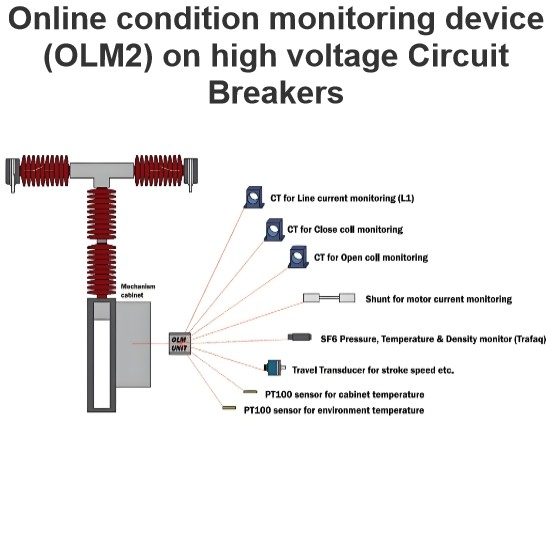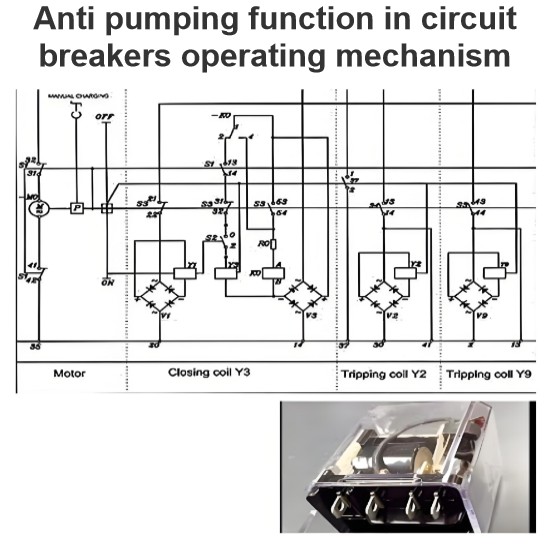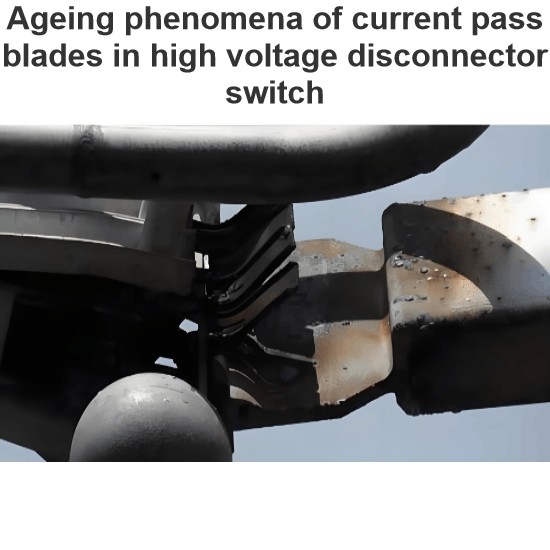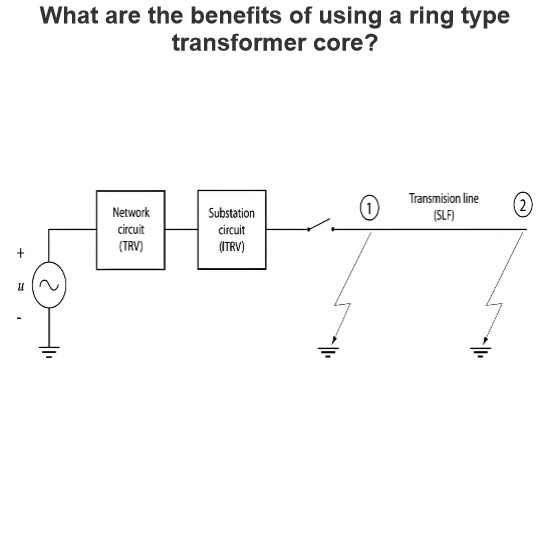Pole discrepancy definition in circuit breaker
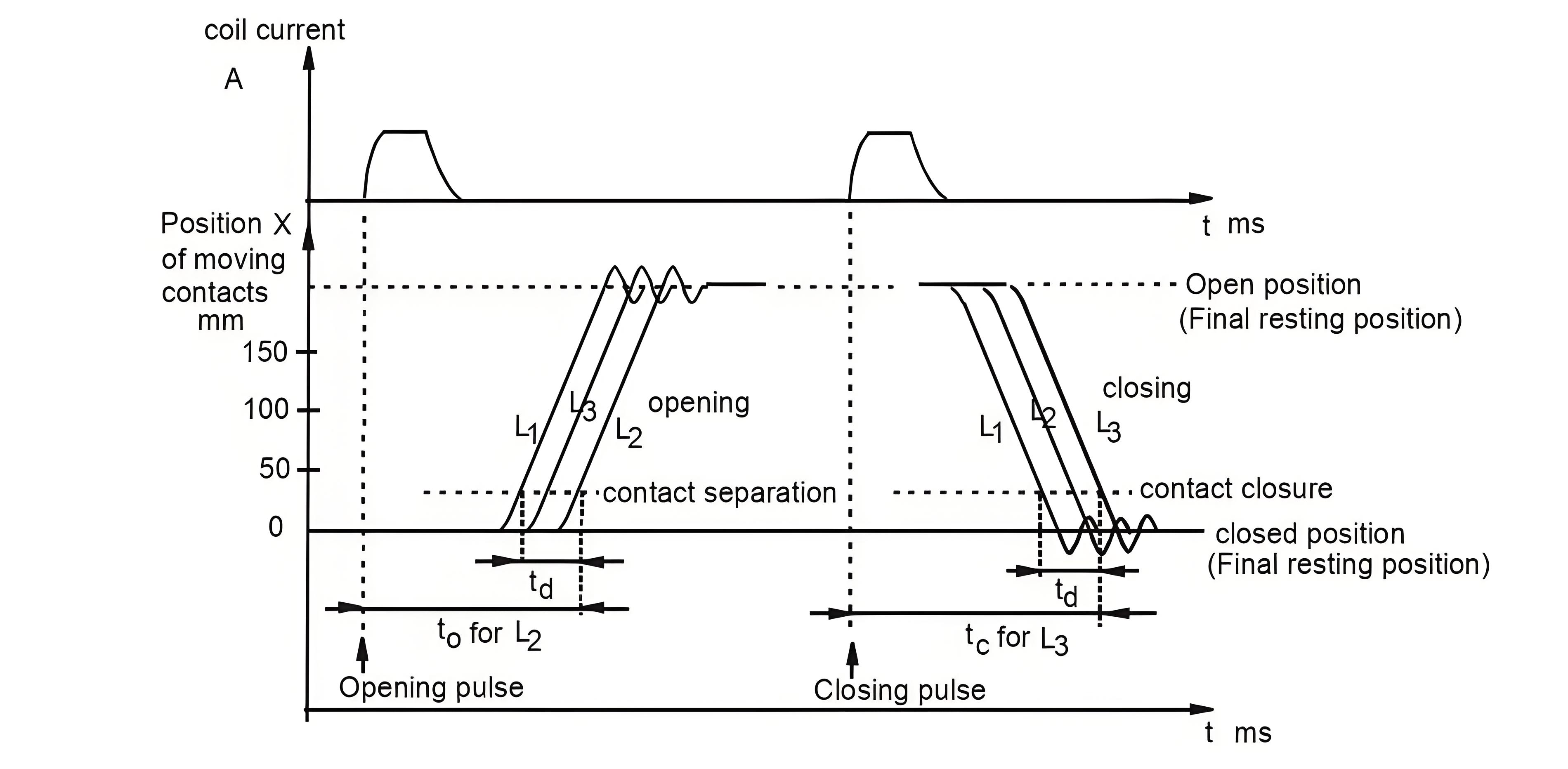
Pole Discrepancy in Circuit Breakers
Pole discrepancy typically refers to differences in operating times between the three phases or poles of a switching device during the same operation. These discrepancies can affect the synchronization of the circuit breaker's poles, which is crucial for reliable operation.
Challenges in Continuous Monitoring
Determining pole discrepancy on a continuous basis can be less accurate because it often relies on break time or make time recordings obtained through current transformers (CTs). Break and make times can vary depending on how the contact movement coincides with the current waveforms. Additionally, the timing of current zero crossings in the second and third poles depends on system earthing conditions.
Mechanisms and Safety Systems
Circuit breakers where each pole has a separate operating mechanism are usually equipped with a safety system that trips the breaker if not all poles respond when a close command signal is given. This scenario represents an extreme example of pole discrepancy, measured in milliseconds. The system triggers only on unsuccessful closings and does not activate during single-phase open-close sequences, such as those occurring during automatic reclosure operations.
Standards and Acceptable Deviations
The International Electrotechnical Commission (IEC) specifies that the discrepancy in both opening and closing times should be less than one-half cycle of the rated frequency. Many manufacturers set a maximum acceptable deviation in opening times to 5 milliseconds.
Visual Representation
In the figure below, pole discrepancy (Td) is illustrated in a circuit breaker timing test. This visual aid helps to understand the variations in the timing of the poles and their impact on overall breaker performance.
Figure Caption
Figure: Illustration of pole discrepancy (Td) in a circuit breaker timing test. The graph shows the timing differences between the three poles during the breaking and making operations, highlighting the importance of minimizing these discrepancies for optimal performance.

